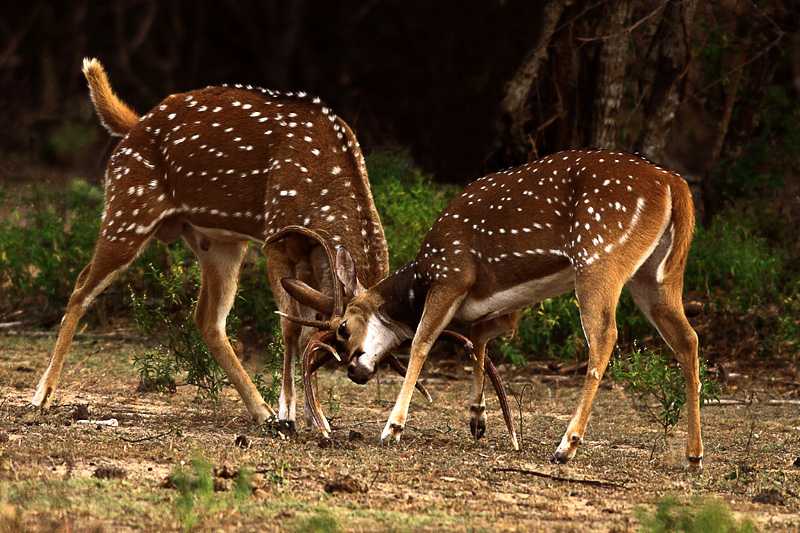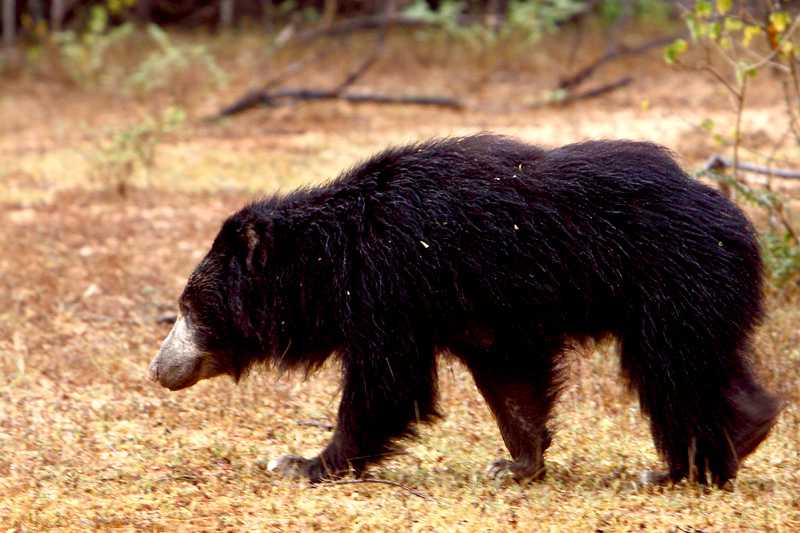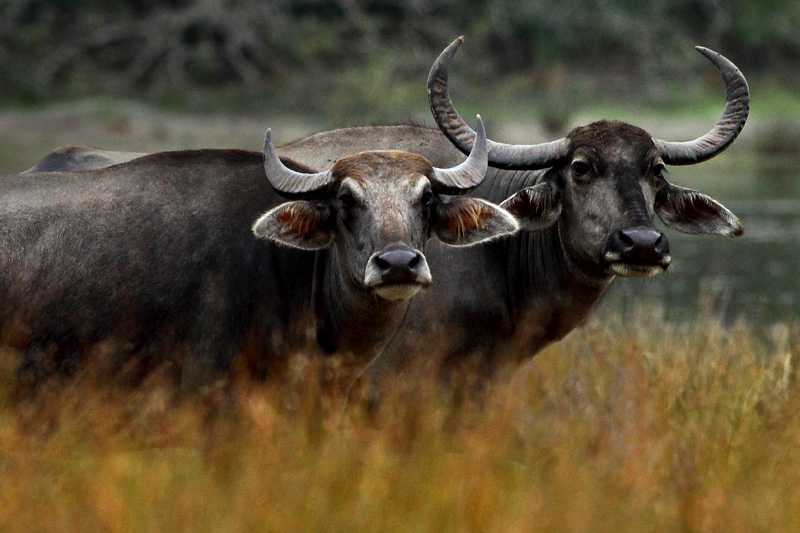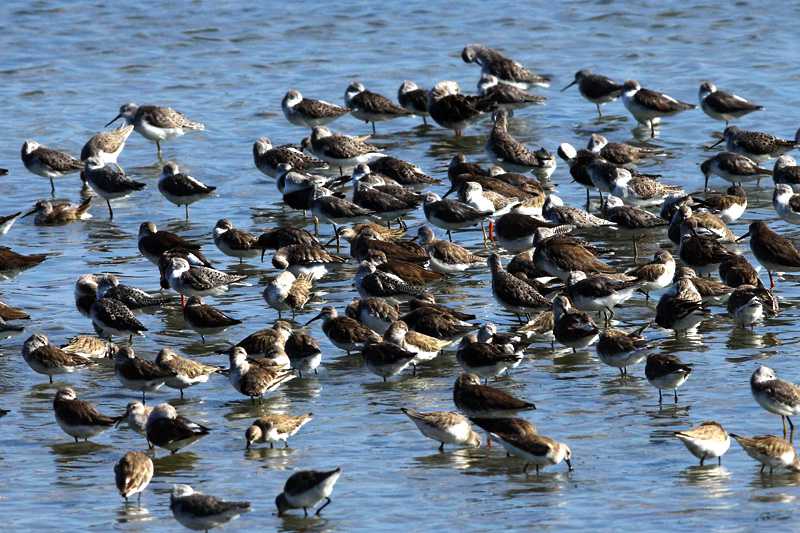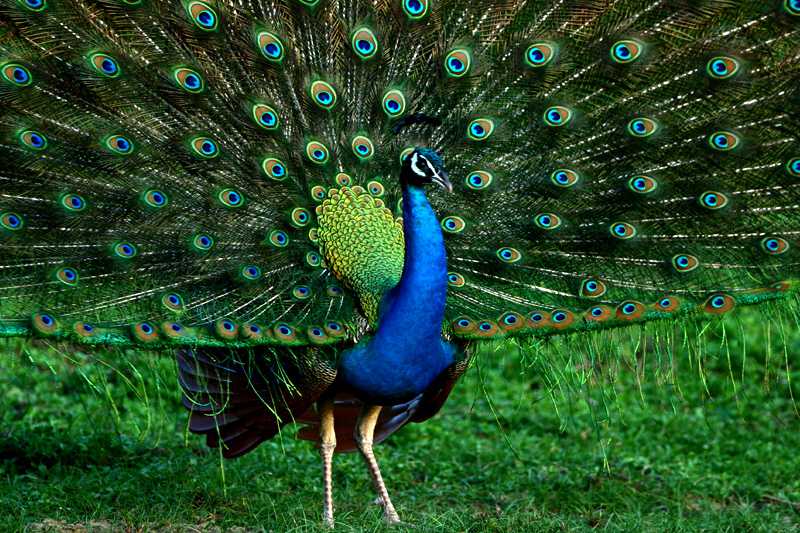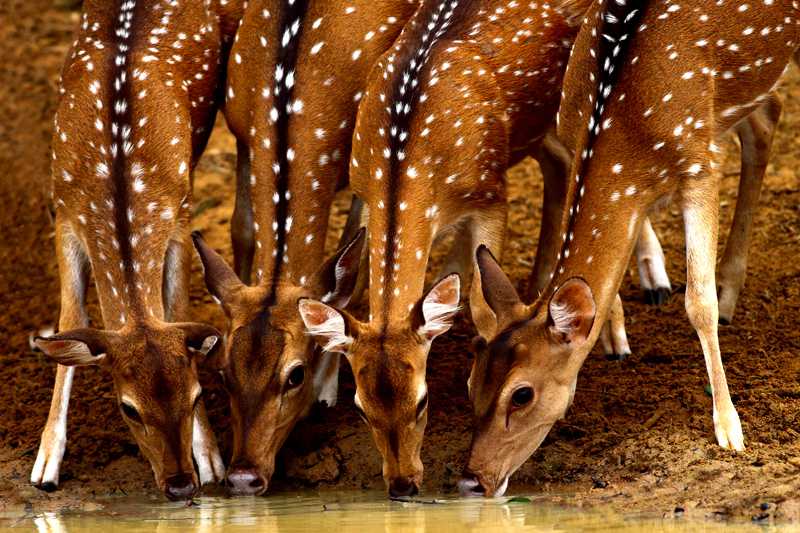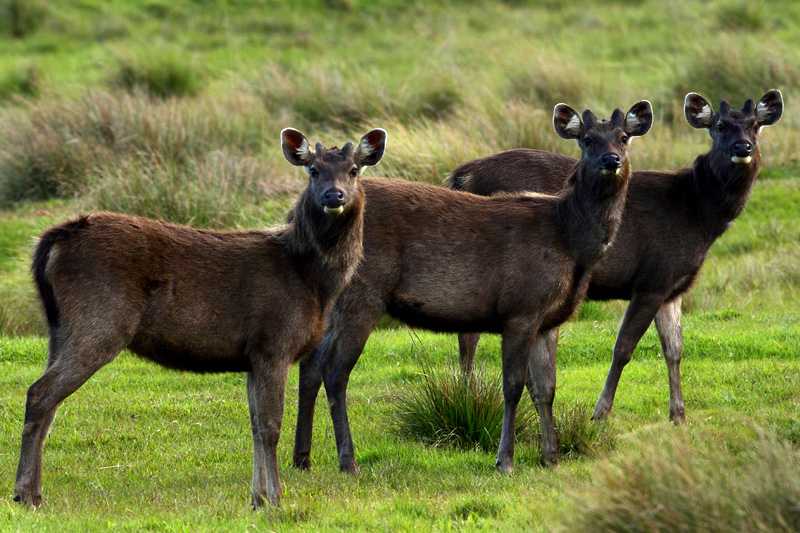Kumana National Park
Kumana National Park in Sri Lanka is renowned for its avifauna, mainly its large flocks of migratory waterfowl and wading birds. Kumana is contiguous with Yala National Park. Kumana was formerly known as Yala East National Park, but changed to its present name in 5 September 2006.

KumbukkanOya forms the southern boundary of the national park. Some 20 lagoons and tanks support the extensive birdlife of the national park. The elevation of the area ranges from sea level to 90 metres.
The park's wetland areas are surrounded by a dry zone tropical thorny forest. The inland forest's flora is dominated by Palu, Ehela, Burutha and more.
Kumana Bird Sanctuary was declared as a national park in 1938. Kumana is one of the most important bird nesting and breeding grounds in Sri Lanka. 255 species of birds have been recorded in the national park. During April and July tens of thousands of birds migrate to the Kumana swamp annually. Rare species such as Black-necked Stork, Lesser Adjutant, Eurasian Spoonbill, and Great Thick-knee are breeding inhabitants of the Kumanavillu. Waders belonging to families Scolopacidae and Charadriidae are among the visitors to the area along with waterfowl. Pintail Snipes migrate here flying 9,000 kilometres to 11,000 kilometres from Siberia. Asian Openbill, Glossy Ibis, Purple Heron, Great Egret, Indian Pond Heron, Black-crowned Night Heron, Intermediate Egret, Little Egret, Spot-billed Pelican, Indian Cormorant, Little Cormorant, Common Moorhen, Watercock, Purple Swamp hen, White-breasted Water hen, Pheasant-tailed Jacana, Blackwinged Stilt, Lesser Whistling Duck and Little Grebe are the bird species that migrate here in large flocks. Among the rare birds that migrate to the swap include Yellow-footed Green Pigeon,
Greater Racket-tailed Drongo, Malabar Trogon, and SirkeerMalkoha. Pacific Golden Plover, Greater Sand Plover, Lesser Sand Plover, Grey Plover, Ruddy Turnstone, Little Ringed Plover, Wood Sandpiper, Marsh Sandpiper, Common Redshank, Common Sandpiper, Curlew Sandpiper, Little Stint, Common Snipe, and Pintail Snipe are the commonest wading birds. Mugger Crocodile, Indian Flap-shelled Turtle and Indian Black Turtle are the common reptiles inhabiting the park. Mammals such as Golden Jackal, Wild Boar, Sri Lankan Elephant, European Otter, and Fishing Cat also visit the swamp to feed. The number of elephants roaming in Kumana is estimated at 30-40.
Access Route:Route 1: Ratnapura - Pelmadulla - Balangoda - Beragala - Koslanda - Wellawaya - Monaragala - Pottuvil- Panama via Kudumbigala Sanctuary
Kumana National Park :Tel: 063-224 8623
Opening & Closing Time: 6.00 AM - 6.00 PM (Tickets will not be issuied after 5.00 PM)







